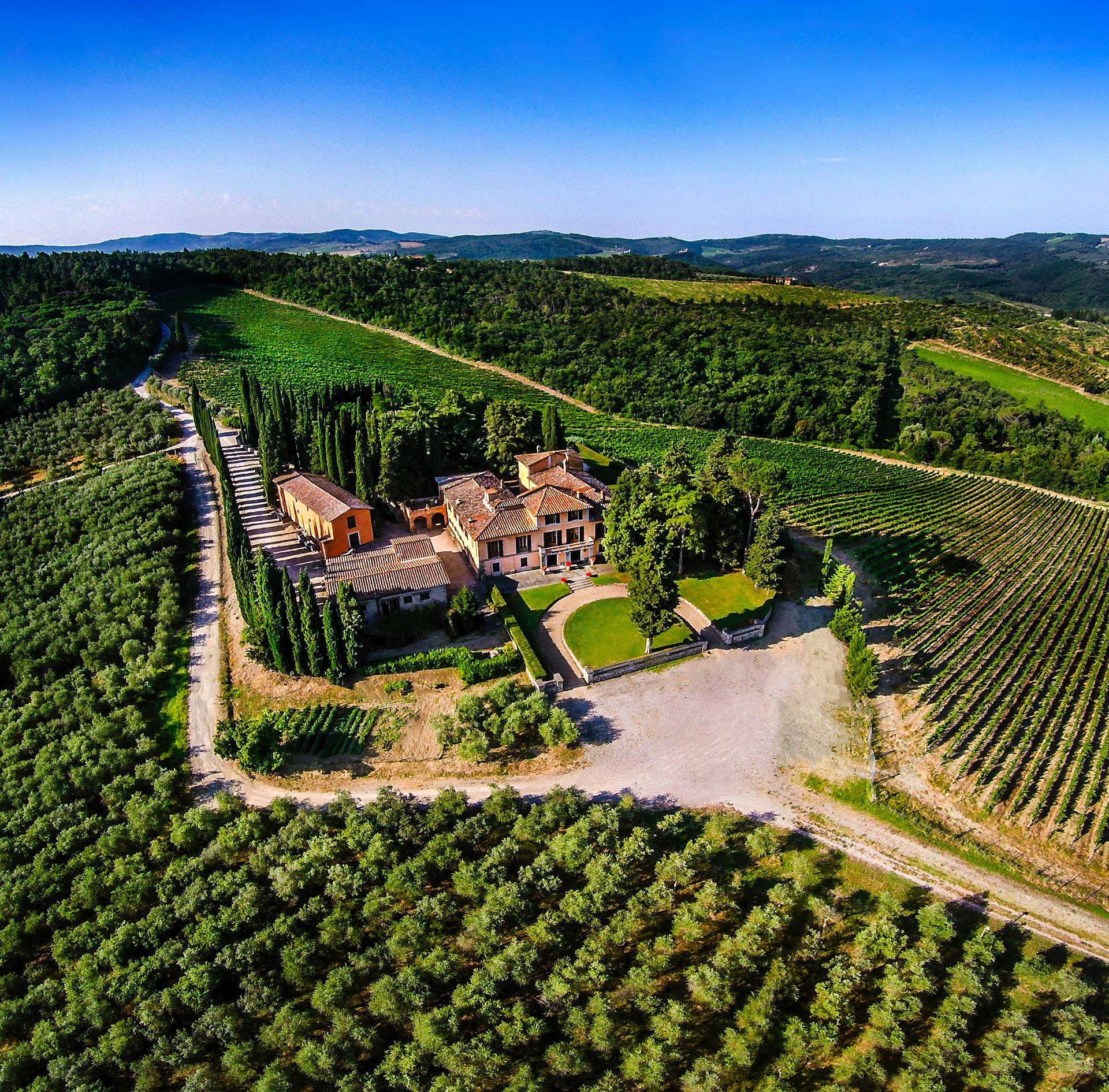The first white Supertuscan made from Chardonnay grapes grown on Tenuta Casa di Sala in Panzano in Chianti. La Pietra was an innovation in the Chianti wine scene when in 1983 Ambrogio and Giovanni Folonari decided to vinify and age the Chardonnay grapes as they already did with the great Tuscan red wines. The result is a surprising white for its impressive aptitude for long refinements in bottle.
Tasting: The 2020 vintage reveals a pleasantly pungent bouquet. Chamomile and dried tea, honey, sage, medicinal herbs; citron and lemon peel. Rich. Fresh, sweet, toasted and bitter on the palate with a mint and balm finish.
Pairing: It goes perfectly with all light-coloured dishes or enjoyed with friends
First vintage: 1983
Shelf life: up to 15 years
Curiosity: La Pietra was one of the very first Italian white wines aged in small wooden French barrels


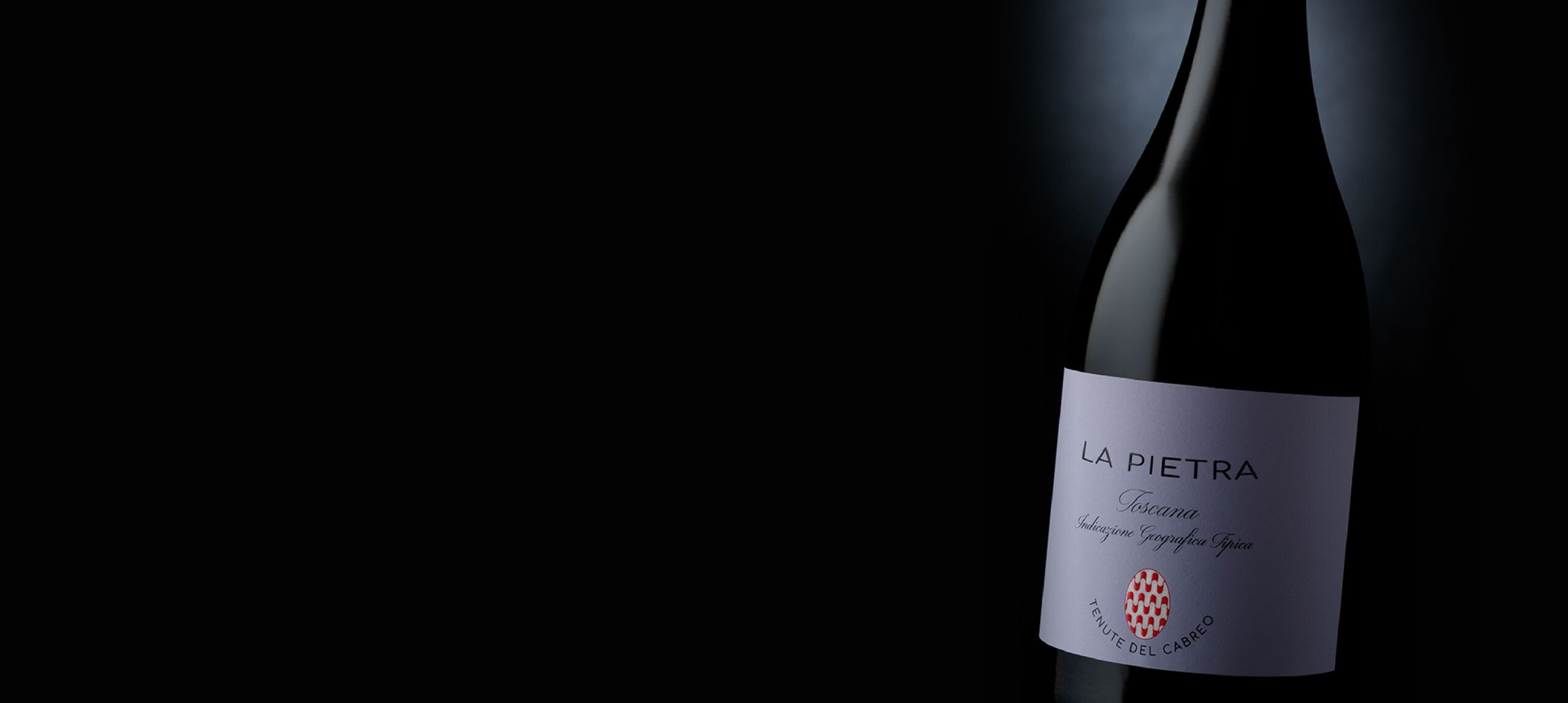
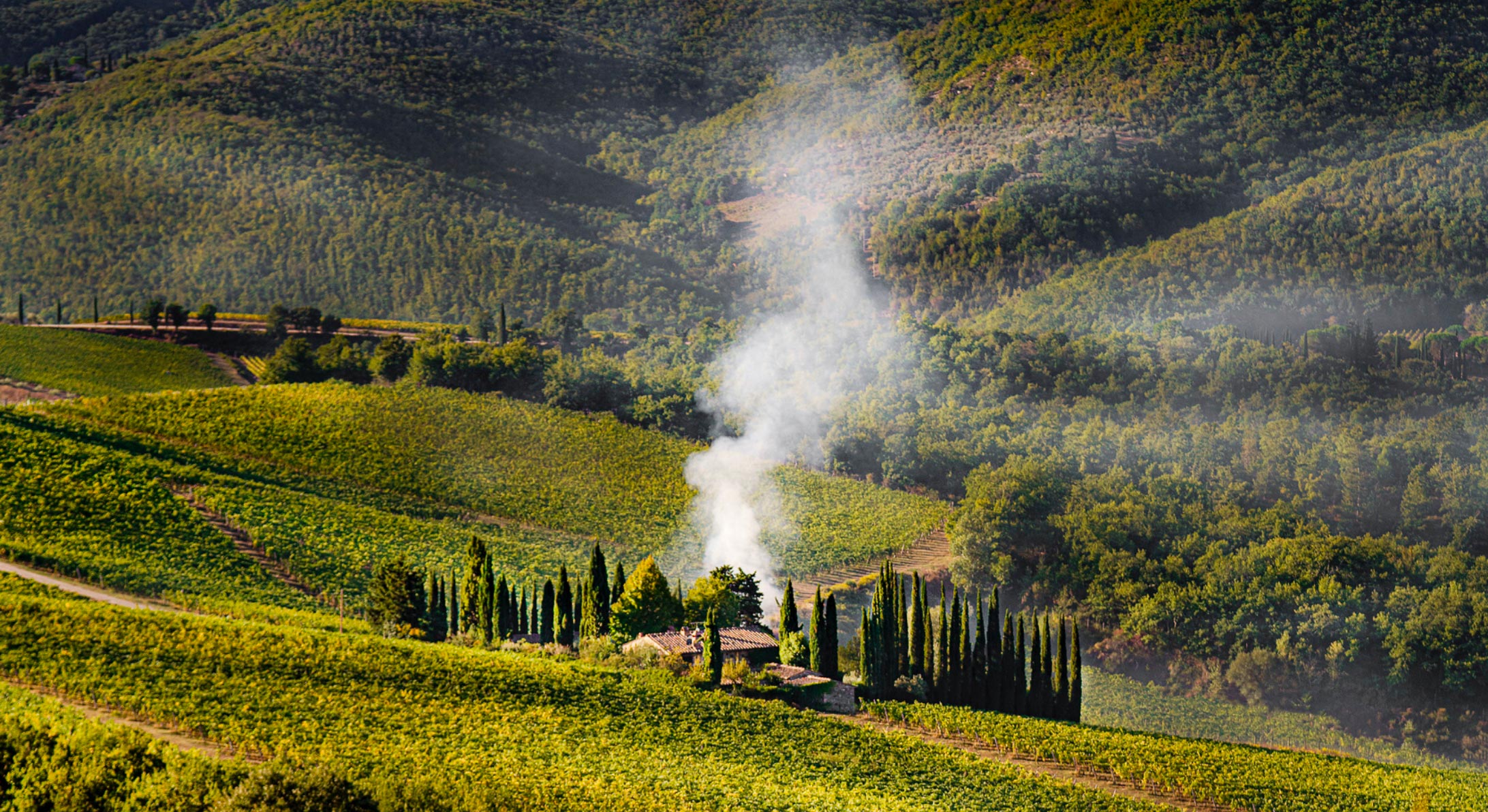
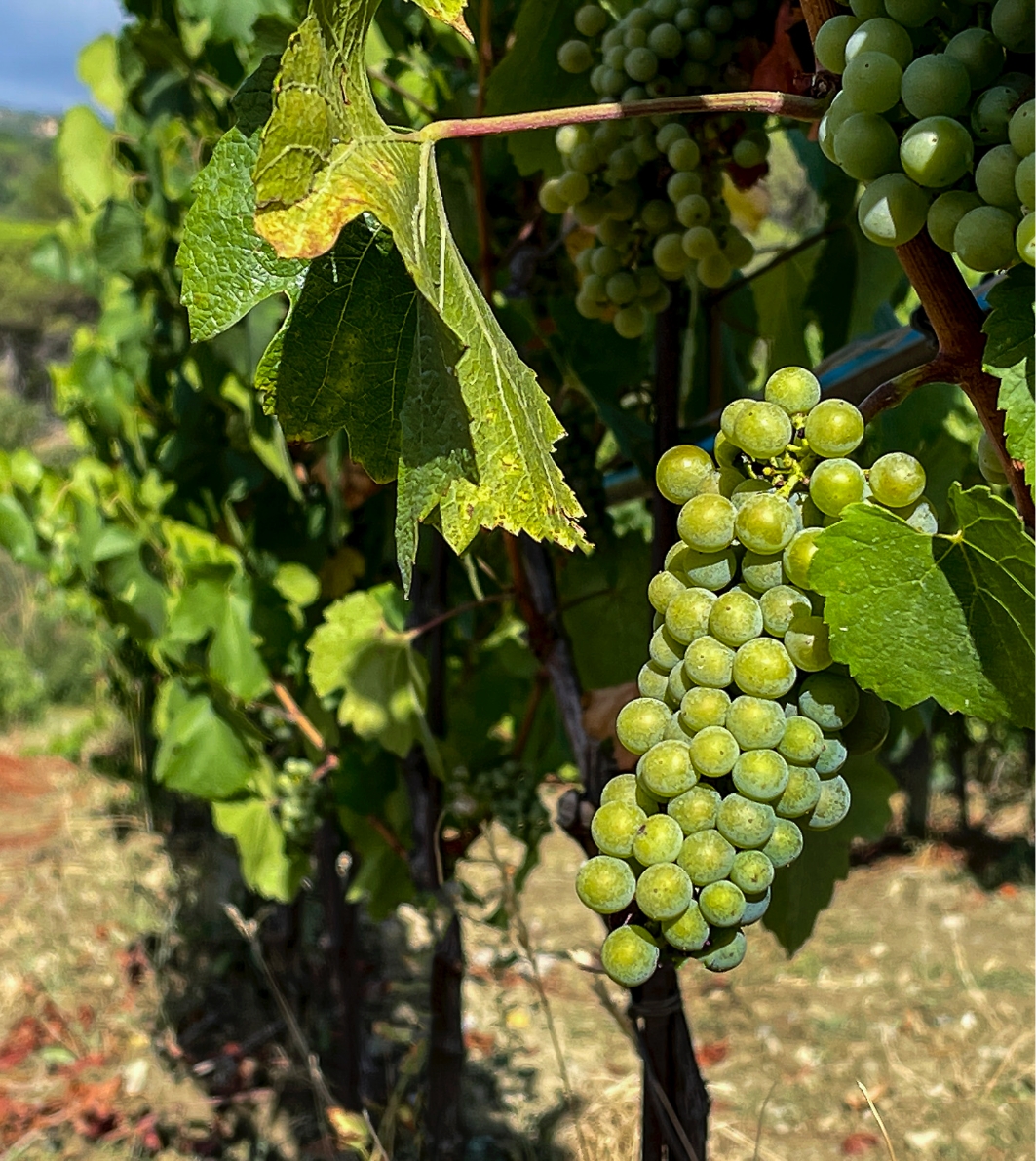
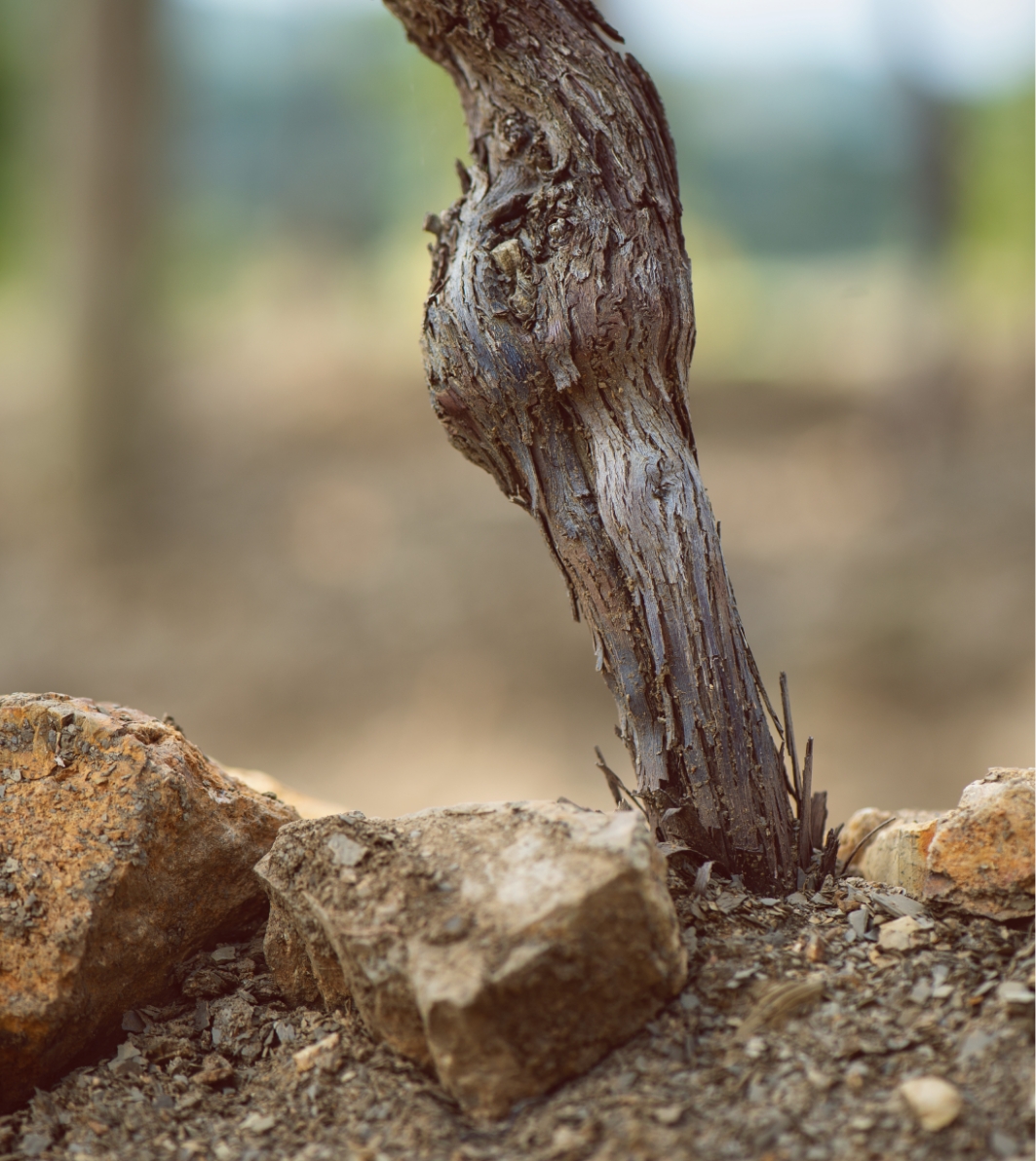
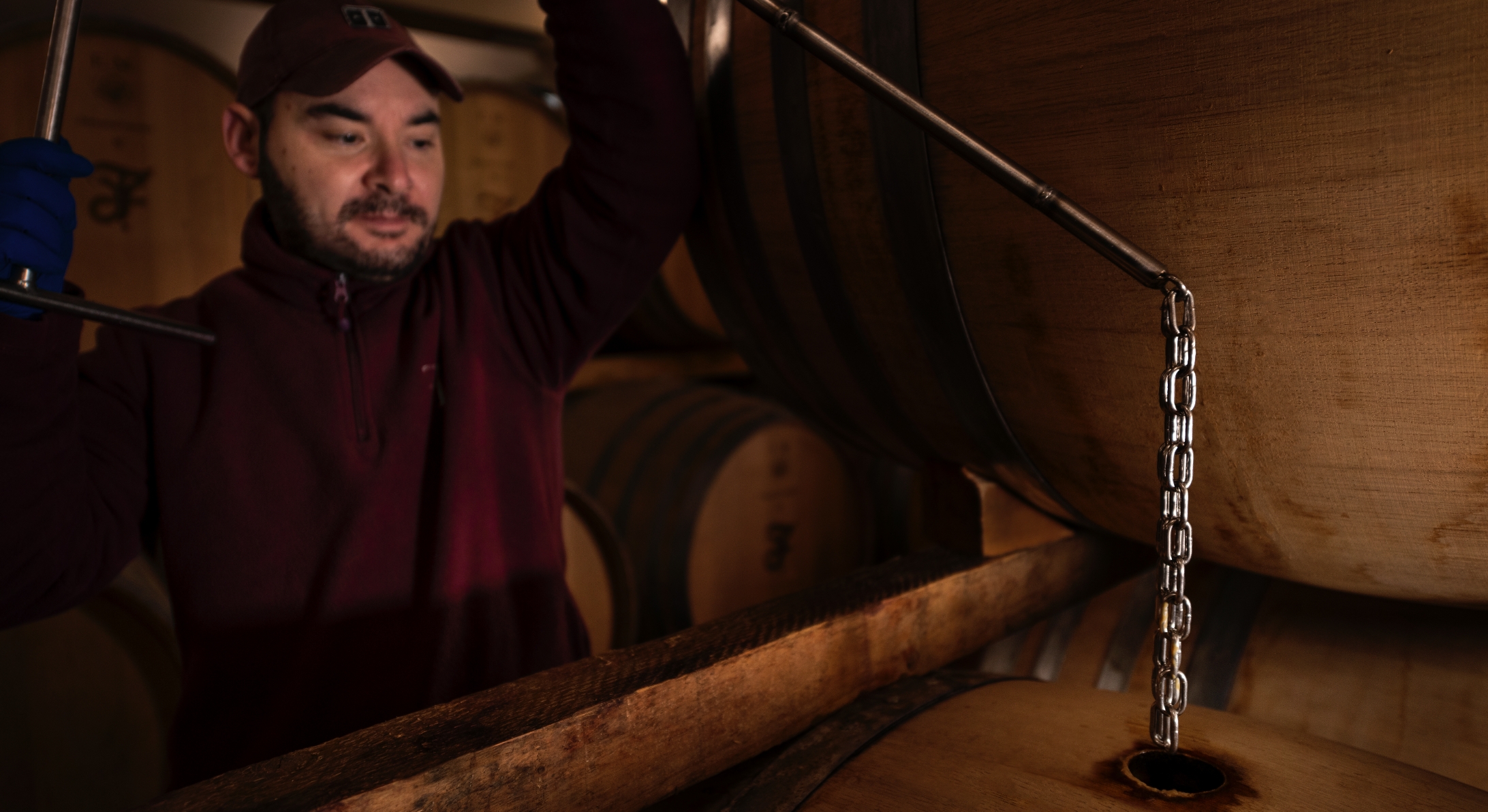
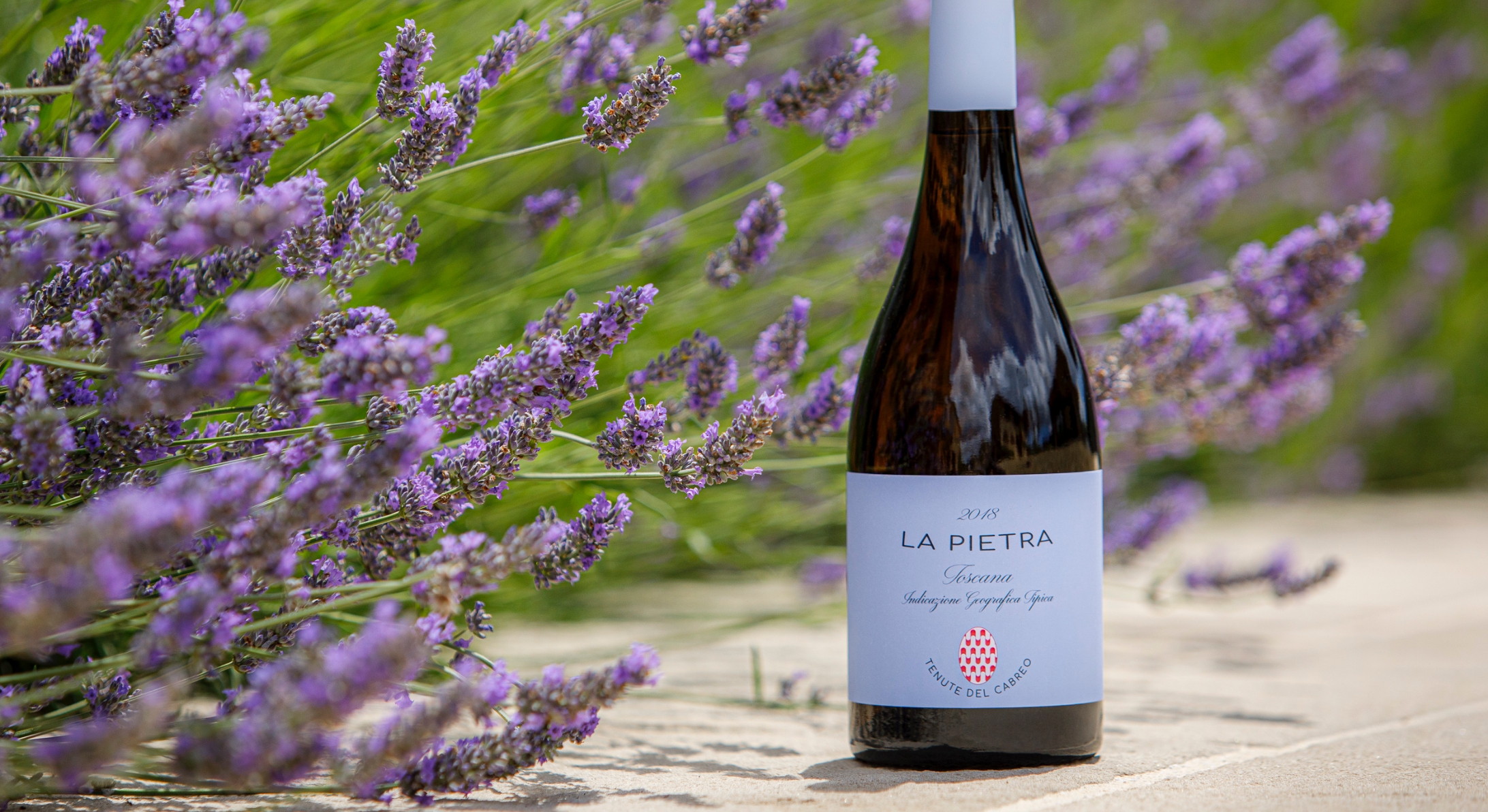
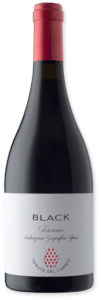
 B.S.T. Cabernet Sauvignon & Merlot Toscana I.G.T.
B.S.T. Cabernet Sauvignon & Merlot Toscana I.G.T. 